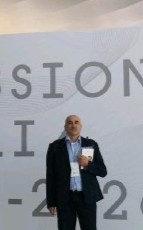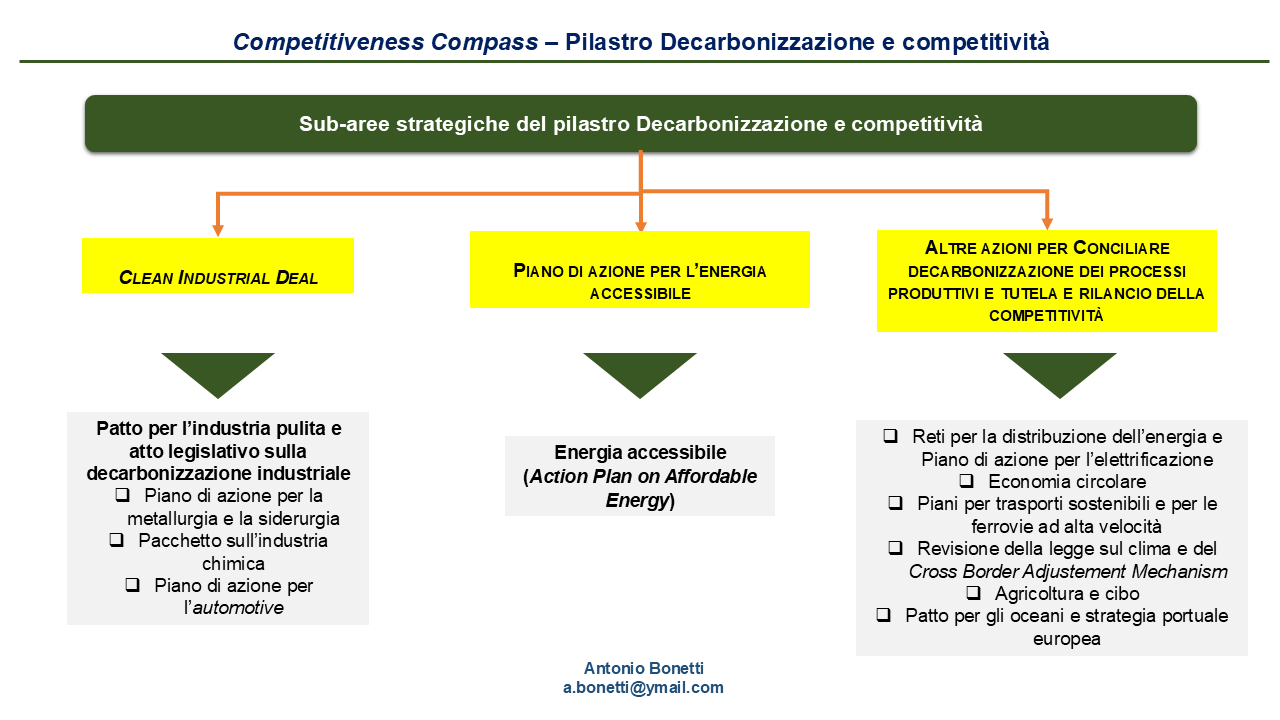The delivery system of the Active and Assisted Living Joint Programme (AAL JP) is based on annual calls for proposals, generally published in February.
So far, the call have been formulated as ‘challenge led’ call. It means that they have been focused on a specific pressing need or risk faced by older adults. For example, the 2016 call was focused on a very critical syndrome – dementia – that is on the increase, because it is widely linked with age. Furthermore, dementia not only affects older adults, but also their families and their caregivers.
 Instead, the 2017 call – published on 25 February 2017 – seek for ‘integrated solutions’ based on ICT-product and services to everyday problems of older adults, and if possible for other end-users (in particular caregivers). [1]
Instead, the 2017 call – published on 25 February 2017 – seek for ‘integrated solutions’ based on ICT-product and services to everyday problems of older adults, and if possible for other end-users (in particular caregivers). [1]
The official text of the challenge led call explains that its challenge is twofold:
• ‘the challenge lies in developing packages integrating different solutions that address the needs and wishes of end-users and add value to their lives;
• the challenge lies in extensive testing and evaluation of packages in order to provide meaningful and significant results.’ [2]
In fact, the section ‘Expected impact’ of the call highlights that ICT-based solutions are expected to improve the quality of life/resilience of people with dementia, but also to support informal and professional caregivers in order to ‘reduce stress and care burden, build resilience, improve quality, efficiency and effectiveness of care.’
As already explained in previous articles on this blog, the AAL Programme aims to finance innovative ICT-based solutions to the specific needs of the population over 50, with a clear potential to create new markets and generate new jobs. [3]
This goal is confirmed by the Section ‘Expected impact on the market’ of the call, that remarks that innovative ICT-based solutions should ‘contribute to:
• A large(r) exploitation of packages integrating different solutions for older adults throughout the ageing process. This includes their supporting environment, if applicable.
• A growing public and consumer market or interoperable and scalable AAL systems to support active, healthy and independent and dignified living for older adults.
• More European collaboration, including end-users, industry and other stakeholders in the value chain.
• Savings for the social/care system as older adults are supported in living independently in their homes for longer, thus lowering the need for homecare and delaying the move to instituzionalized/community care.’
**************
[1] The call’s deadline is set on 24 May 2017. The indicative total funding amounts to 26.3 M€.
The maximum total budget for each eligible project is set at 5 M€.
As a result, no more than 5 projects should be approved. The expected duration of each project is between 18 and 36 months.
[2] The text call stresses that the evaluation of innovative solutions should take into account:
• Perceived usefulness of the solutions;
• Their integration into everyday life;
• Their usability and acceptance over several months.
Given the clear ‘route-to-market’ potential expected for the projects, the evaluation should also incorporate a business perspective, mirroring the market demand for the package. The calltext underlines that ‘it must be convincingly demonstrated that proposed solutions have high potential for scale-up and commercialization.’
Furthermore, applicants are requested to include key performance indicators to be used for assessing the social impact and a clear description of the methodology adopted for collecting data.
[3] Structural demographic and a rapidly ageing population represent a still underdeveloped potential market very promising, labelled as ‘silver market’, or ‘silver economy’. The European Commission adopts the following definition: ‘Silver Economy covers the existing and emerging economic opportunities associated with the growing public and consumer expenditure related to population ageing and the specific needs of the population over 50.’ (see EC, Growing the European Silver Economy, 2015).










